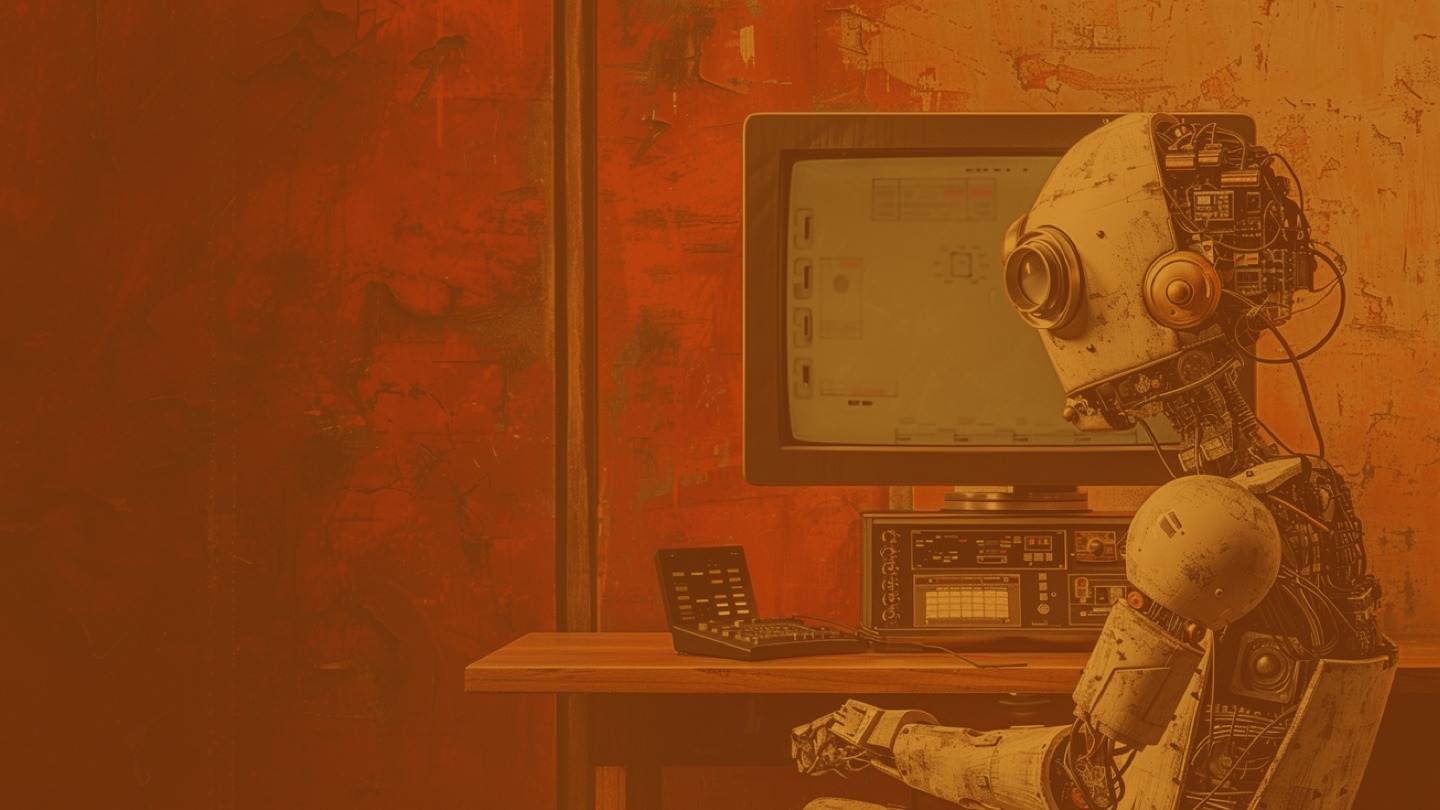As the debate around AI continues, Sequel’s Head of Insight Paul Jones asks how can communicators and organisations avoid AI’s pitfalls, while making the most of its benefits?
“Let’s enjoy a long AI summer, not rush unprepared into a fall.”
So ends a 2023 open letter from tech leaders – including Elon Musk (X, Twitter) and Steve Wozniak (Apple) – pleading with AI labs to immediately pause the training of AI systems.
They believe that developers are “in an out-of-control race to develop and deploy ever more powerful digital minds that no one – not even their creators – can understand, predict, or reliably control”.
We’ve heard from internal communicators who are turning to Open AI’s ChatGPT to write communication plans and summarise reports for them, freeing them up to concentrate on other strategic, creative pursuits. Microsoft has already added it to its Bing search engine, and there are some AI features in 365 tools like PowerPoint and To Do.
While the debate rages on, how can internal communicators make sure they’re reaping the opportunities, without falling victim to AI’s risks?
My colleague, the chatbot
For years, we’ve heard cries of “the machines are coming to take my job!”
However, this fear doesn’t match the reality, with some sources saying that AI will create 12 million more jobs than it’s expected to replace.
You could argue that for internal communicators AI will just be another weapon in our arsenal – indeed, that it’ll become ‘the one tool to rule them all’. AI tools can help us to work faster and smarter, freeing up time to focus on the part of our jobs that matters most: improving employee experience for our people.
Content bots can help us beat writers’ block, automatic translation tools can create accessible content for employees wherever they are in the world, and data and analytics tools can pull out the themes and sentiment from research in seconds.
We can take on marketing automation tools like Marketo and Manychat to help to create personalised user experiences that rival those that we see in external and customer comms.
Responsibility and risk
So there’s incredible power and opportunity in AI. But unfortunately that also means there’s an incredible responsibility and risk that goes with it.
As the Institute of Internal Communication’s Code of Conduct tells us, internal communicators have a duty to honesty, accuracy, inclusivity and confidentiality.
In April 2023, Italy became the first Western country to block ChatGPT over privacy concerns and doubts about whether it complies with General Data Protection Regulation (GDPR).
The tech may be thriving, but accuracy and inclusivity have a long way to go. Internal communicators need to make sure that the information they’re getting from these tools is accurate and fair, and that the data they’re entering is protected and confidential.
Because while – to use it as an example again – the latest version of ChatGPT is estimated to be 10 times more powerful than its predecessor, it’s still a far cry from having human levels of emotional intelligence. As communicators, we need to be the moderator.
AI might be able to summarise, automate and mimic, but as Vincent Terrasi of DnG.ai notes: “AI cannot replace the human touch that is so critical in communication”.
And internal communicators are the drivers of that human touch.
Read Sequel’s practical guide to AI for internal communicators here
Go to Internal communications agency – Sequel Group for more details of how we are helping clients solve challenges and delivering impact.
